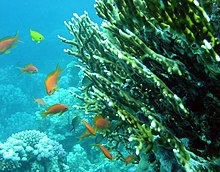This unit was about the anatomy and physiology of the human body and how the different components work together to maintain homeostasis. Homeostasis is the process of maintaining the body's internal conditions and making sure everything is equal and stable within it. The systems of the body are the circulatory, respiratory, nervous, endocrine, digestive, immune, and lymphatic. The circulatory and respiratory system work together to supply oxygen to the body through a system of arteries and veins which supply oxygen rich blood. Once the oxygen diffuses into the cells, oxygen is replenished through the lungs and supplied to the the body once again. The nervous system and endocrine system use electrical impulses and hormones respectively to communicate throughout the body. The nervous system is faster, while the endocrine system is longer but has a more lasting change. The immune and lymphatic system fight against pathogens and destroy waste within the body through the use of white blood cells and muscles. Some things I wanted to learn about more is the nervous system and how our brain works to help us do the things we do.I am really interested in psychology, and I am sure that the nervous system plays a big role in it.
The box heart diagram in one of Mr. Orre's vodcast, which helped me understand how the heart works. The second one is really interesting. It's how our heartbeat is made.
Favrite posts:
- Pig Dissection, because it was the most interesting lab I have ever done, and I will never forget how the different organs looked. I hope to do more disections in the future.
- 20 Time Individual Reflection, because that was a project where I got to really express myself as a whole and got to do something I enjoyed.
Since the beginning of the year I have not only grown as a scientist, but also as a person. I have learned to cooperate with others through our many projects and tested my limits by accomplishing different tasks and gaining valuable experiences. I am proud of my blog and the work I have put into it. At the beginning of the year I was skeptical about the idea of blogging, but running this bio blog has not only made science more interactive, but also made it more interesting.




